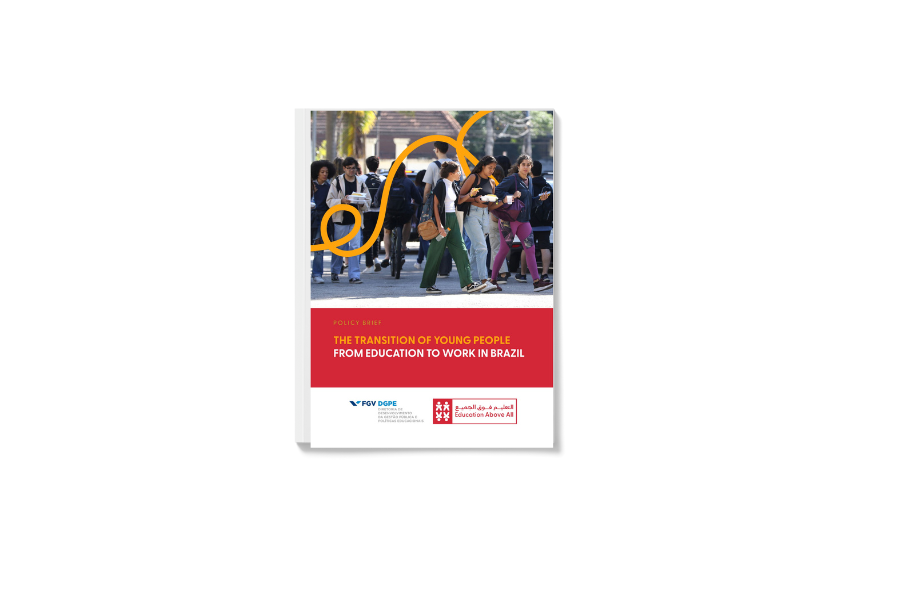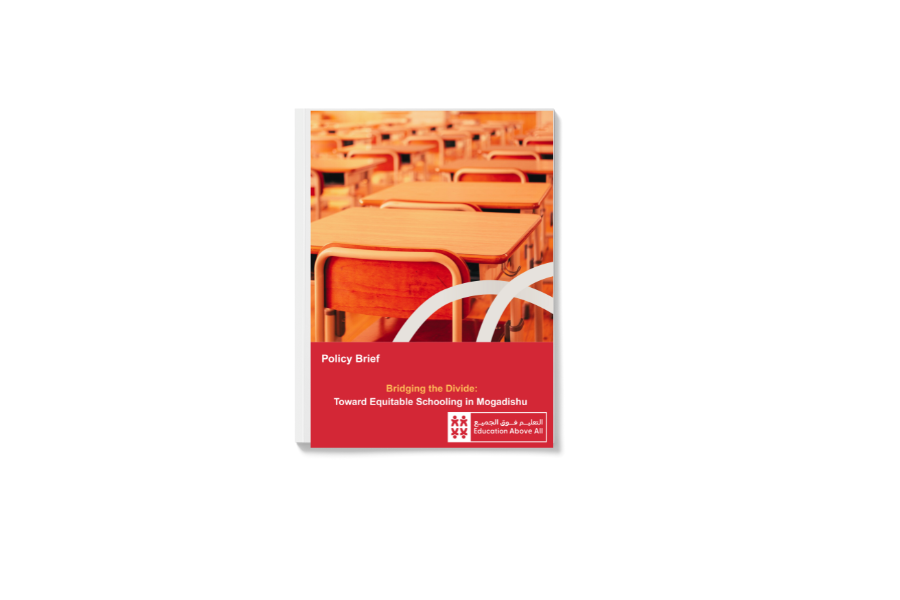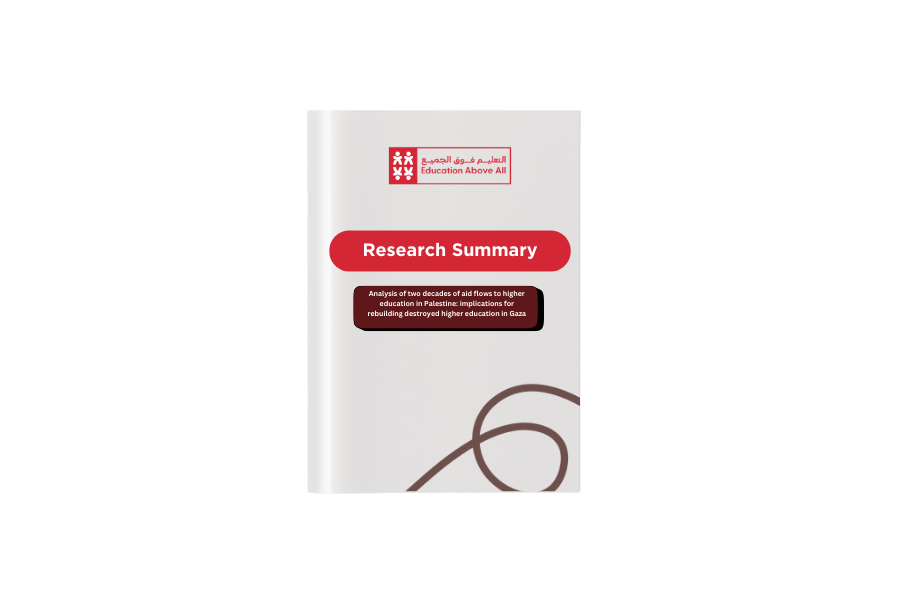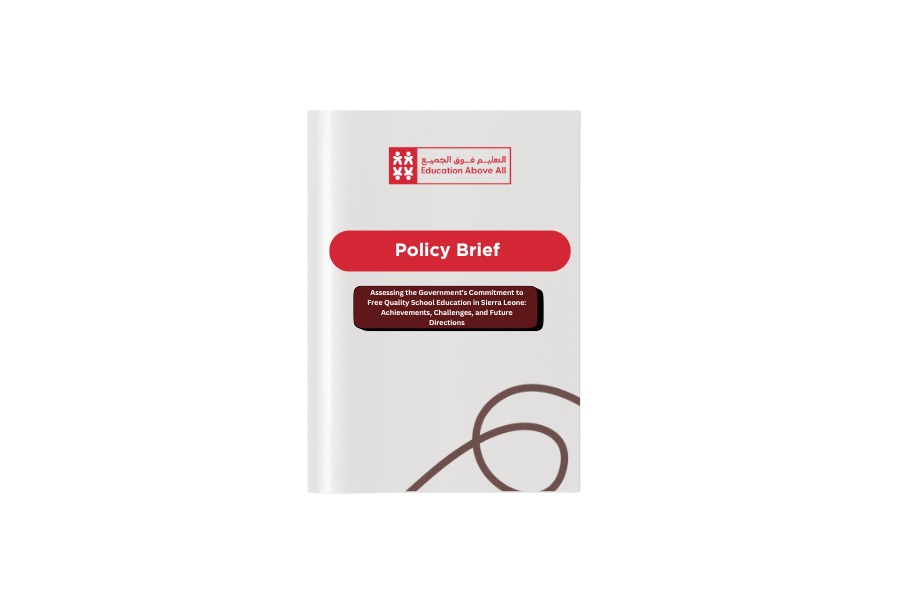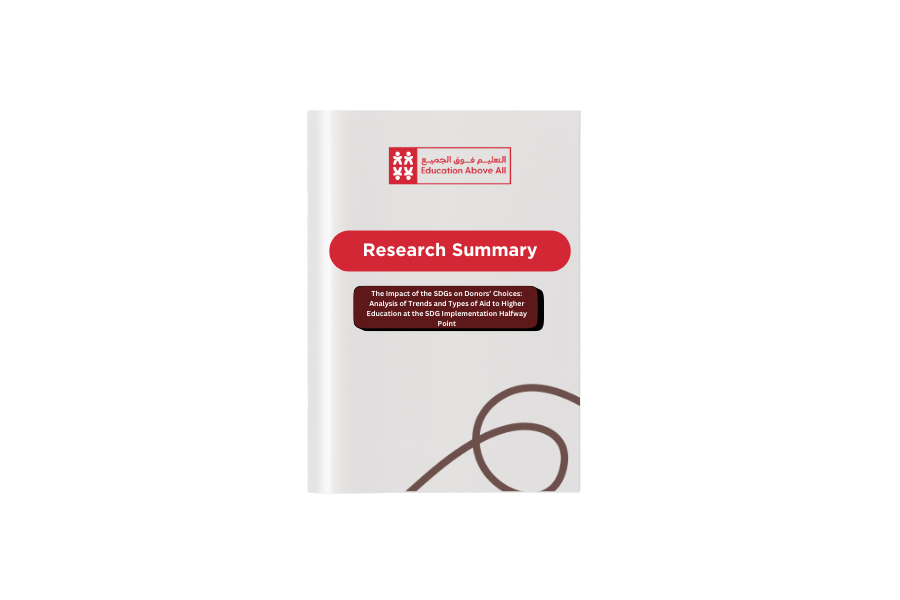
The Impact of the SDGs on Donors’ Choices: Analysis of Trends and Types of Aid to Higher Education at the SDG Implementation Halfway Point
Background
The background of the study is the understanding that while the SDGs have been guiding global development agendas since 2015 and include higher education, they emphasize scholarship aid over direct support for local higher education systems in developing countries. This prioritization potentially continues past trends of underinvesting in these local systems. The paper aims to analyze if the SDG focus on scholarships has indeed impacted donors' choices regarding the types of aid provided.
Methodology
The methodology employed in this research involves an analysis of aid flows to higher education using data from the Organisation for Economic Co-operation and Development (OECD) Development Assistance Committee (DAC) countries, non-DAC countries, and multilateral organizations during the period 2010–2022. This timeframe allows for a comparison of aid trends before (2010–2015) and during (2016–2022) the first seven years of SDG implementation. The study focuses on disbursed aid and differentiates between aid to recipients’ local higher education and scholarship aid (including imputed student costs for study in donor countries). The analysis examines aid flows by type of aid, top recipients, and donor trends. The research is informed by a theoretical framework that posits foreign aid allocation is largely influenced by donors’ strategic interests.
Findings
The findings of the research indicate that the SDGs have had a fundamental impact on bilateral donors’ choices, leading to an expansion of scholarship aid and a decline in aid to local higher education. During 2010–2022, the majority of aid to higher education (73.73%) was in the form of scholarships. This trend intensified during the SDG implementation period (2016–2022), where scholarship aid constituted 74.46% of the total, while aid to local higher education decreased by 14.53%. By 2022, scholarship aid reached 79.60% of all aid to higher education. Furthermore, most of the aid was provided to a limited number of countries, with the top 20 recipients receiving a substantial majority of both scholarship aid and aid to local higher education, leaving many countries behind. DAC and non-DAC donors primarily focused on providing scholarships, while multilateral organizations were the main contributors to local higher education, although their scholarship aid nearly disappeared. Notably, several top recipient countries are not considered the most in need of ODA.
Policy Implications
The policy implications of this research highlight that the SDG-driven emphasis on scholarships, coupled with the neglect of local higher education, risks further widening global inequalities in higher education and development. The paper suggests that the current trend mirrors past neoliberal policies that undermined local higher education in developing countries. The authors argue for a re-evaluation of donor priorities, advocating for a refocus of bilateral aid towards strengthening local higher education systems and institutions in developing countries to address their systemic and structural needs. This shift would require political will and a move beyond the dominant neoliberal agenda influencing development thinking. The research underscores that without a change in these trends, the promise of the SDGs to leave no one behind in terms of higher education and development will likely remain unfulfilled.

